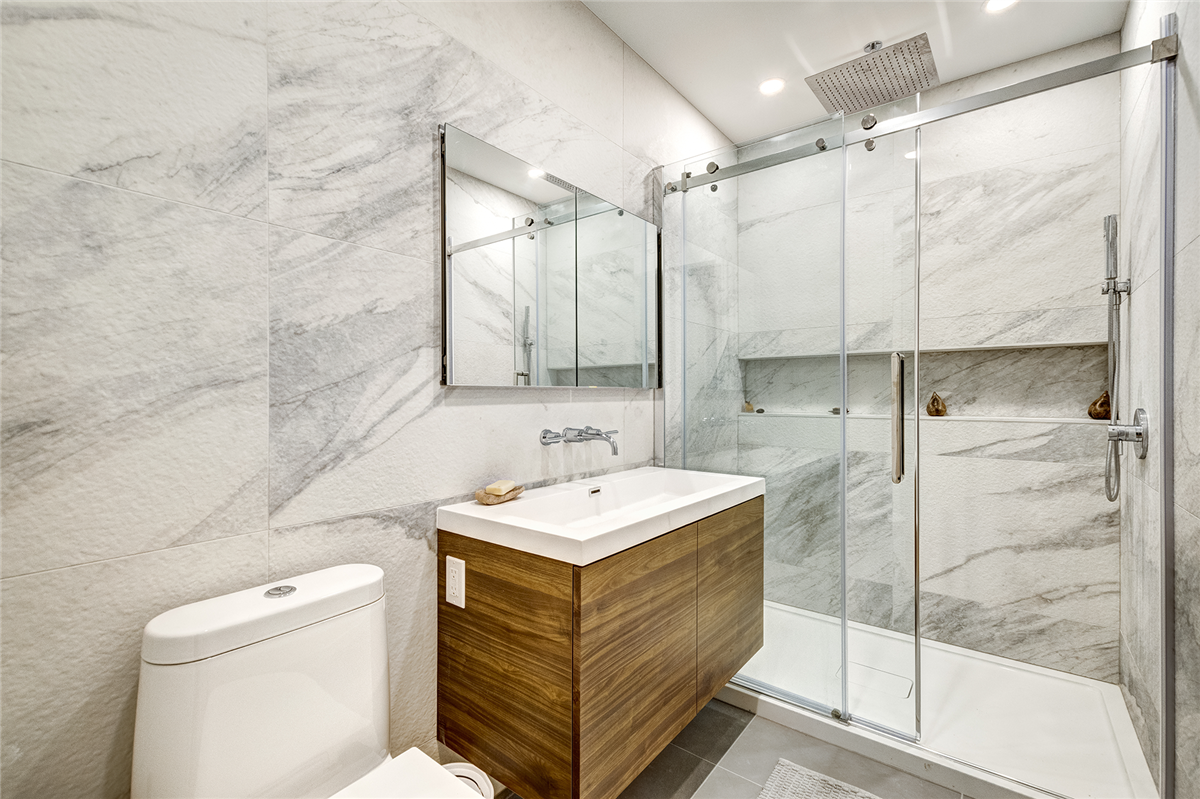Your home is an investment in your family's future, so anything you do to make it work more efficient for you is going to save money in the long run. Creating an energy-efficient home involves upgrading some of the appliances or features and changing the way you use things. A lot of small changes over time will result in big energy savings. Preventative maintenance is key.
If your budget is tight, like many homeowners these days, the answer is to make just one or two big improvements and then spread the rest out over time. Here are a few energy-efficient home improvements that will save you money and move you towards creating an energy-efficient home of your dreams.
Proper Insulation
Did you know that insulation not only keeps you warm in the winter, but also keeps you cool in the summer? Most people only think of insulation when preparing for colder weather, but making sure your home has enough insulation helps it stay cool in the summer because it keeps the cool air in by creating a thermal barrier around the interior of the home preventing the cooled air from escaping out through cracks and gaps in the exterior.
Replace Old or Loose-Fitting Windows and Doors
Old, single-pane windows let heat in and can heat up a room in no time. This makes your air conditioner have to work harder to cool that heated air and maintain cooler temperatures. Loose-fitting windows rattle when the wind blows and doors that have weathered a rainy season or two are sometimes warped or don't fit as tightly as they once did. Now is the best time to upgrade by installing new energy-efficient windows and doors. Insulated dual-pane windows save energy and block heat transfer. Likewise, entry doors that fit tightly when closed keep the heat and cold out and improve the home's appearance.
Replace an Inefficient Cooling System
If you have an older home, chances are that your cooling system is as old as the home itself. What was an energy-saving system 20-30 years ago is now an outdated energy eater and needs to be upgraded to the new standards of efficiency. Your cooling system accounts for about half of the home's total energy usage. If your central air conditioner is more than 12 years old, upgrading it to a newer energy-saving unit will cut your energy costs by 30% or more.
Smaller changes that will also save money:
Caulk and Weather-Stripping
Caulk around the inside of window and door frames to fill cracks and create a moisture barrier. Caulk comes in a variety of materials depending on where you want to use it. You can also use it Latex or silicone caulk to seal around plumbing fixtures and where outdoor pipes lead in. Weather-stripping that is old or worn will not create a tight seal when the door is closed. Replace it with an inexpensive rope or foam-type all around. You should not be able to see any light coming from around the door if you've done a good job.
Seal Air Ducts
The ducts in your home carry and move warm and cool air throughout the home. When the foil-material holding them together (the seal) begins to deteriorate from age, it can let the air leak out into other areas and not work as efficiently. That means having to turn up the heat or A/C because there is not enough heat or cool air coming through. Having your HVAC technician check and seal your air ducts during a routine maintenance will reduce this problem.
Install A Programmable Thermostat
Replacing your old thermostat with a digital, programmable thermostat will give you more control over your energy costs by allowing you to set the temperature for when you're at home and when you're away. No one likes to come home to a hot house but having the air conditioner on while you're gone is like leaving your car running in the driveway, it's ready to go but you've wasted a lot of gas. Having the ability to put the cooling system in an energy-saving mode while you're away and then lowering the temperature just before you get home saves energy and your utility bill will be much less.
Replace Old Leaky Water Heater
Water heaters are another appliance that slows down as it ages. Cracks, leaks and the inability to maintain water temperatures is an indication it is time to replace it. If it is not working the way it should, it is costing you money by taking longer to heat the water and using more electricity to do its job. Replace it with a newer model. Energy Star appliances like water heaters, refrigerators, washer/dryers and stoves all have a SEER rating that means they are designed to use less energy and will therefore save you money.
Additional Ways to Use Less Energy:
- replace old incandescent bulbs for energy-saving fluorescent
- close interior blinds during the day
- run dishwasher or washing machine at night during off-peak hours
- install a timer switch for lights
- plug appliances like coffee makers, televisions, radios and microwaves into an electrical strip that can be turned off when not in use. Anything that is plugged into a power source still consumes energy even if it is turned off.
There are many steps you can take toward creating an energy-efficient home. Making a few of the above repairs and installing new windows and doors that use less energy will save you more money during the course of the season. You also may be entitled to a tax break for installing energy-saving appliances, as the government offers a tax incentive of up to $500 for new energy-saving home improvements. Take advantage of these options, and you will ensure that your home can withstand the elements and save you money!
Subscribe to ProEdge Remodeling's Blog









